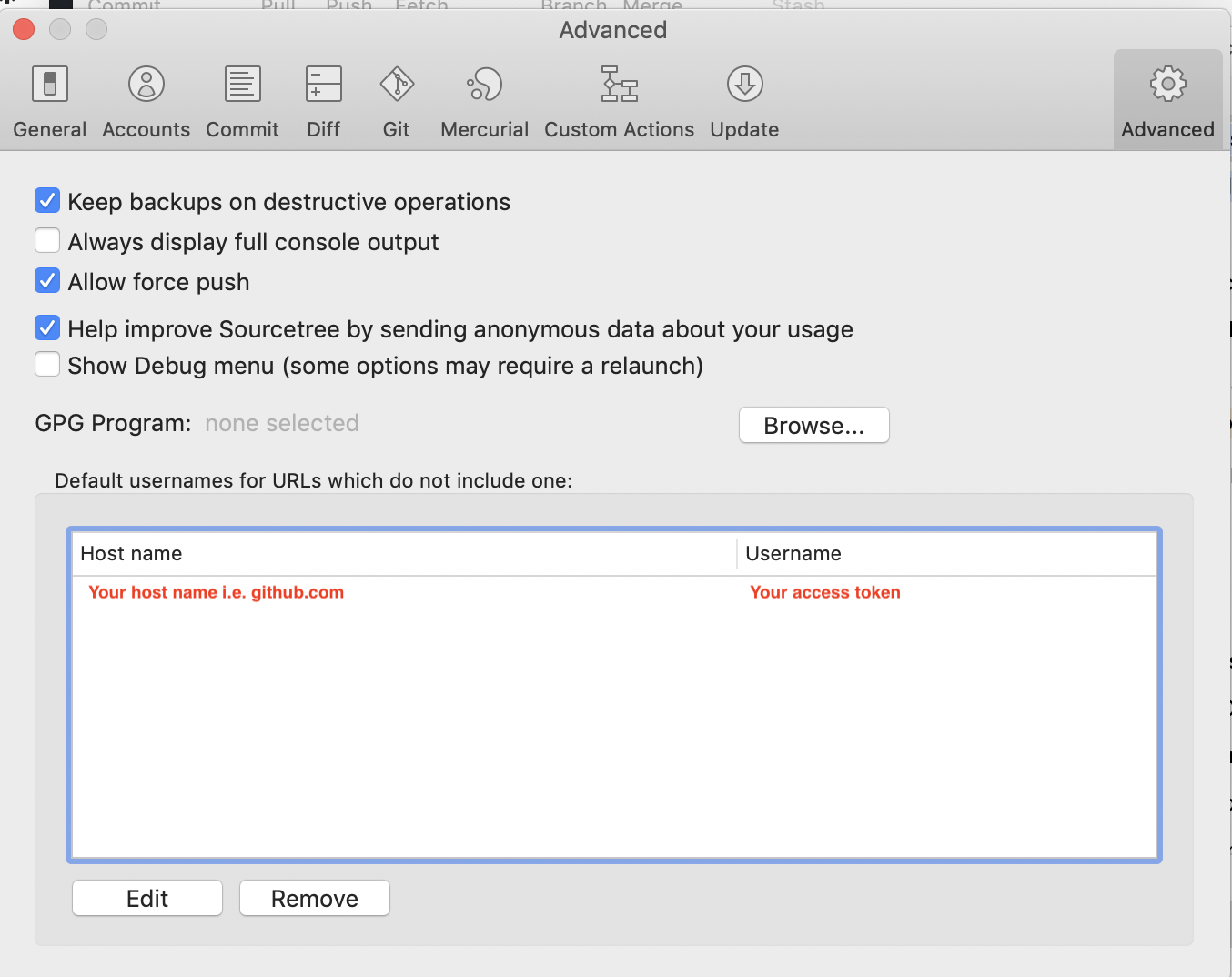Inside a script I am trying to clone a GitHub repository with an OAuth token.
According to this tutorial:
https://github.com/blog/1270-easier-builds-and-deployments-using-git-over-https-and-oauth
I should be able to build a command for it like this:
git clone https://<token>@github.com/owner/repo.git
If I try this manually with a proper access token, it still asks for my password.
If I try it on the commandline I am simply getting a repository not found error.
The article is from 2012 and I cannot find any API documentation for this. So I am wondering if this still works.

